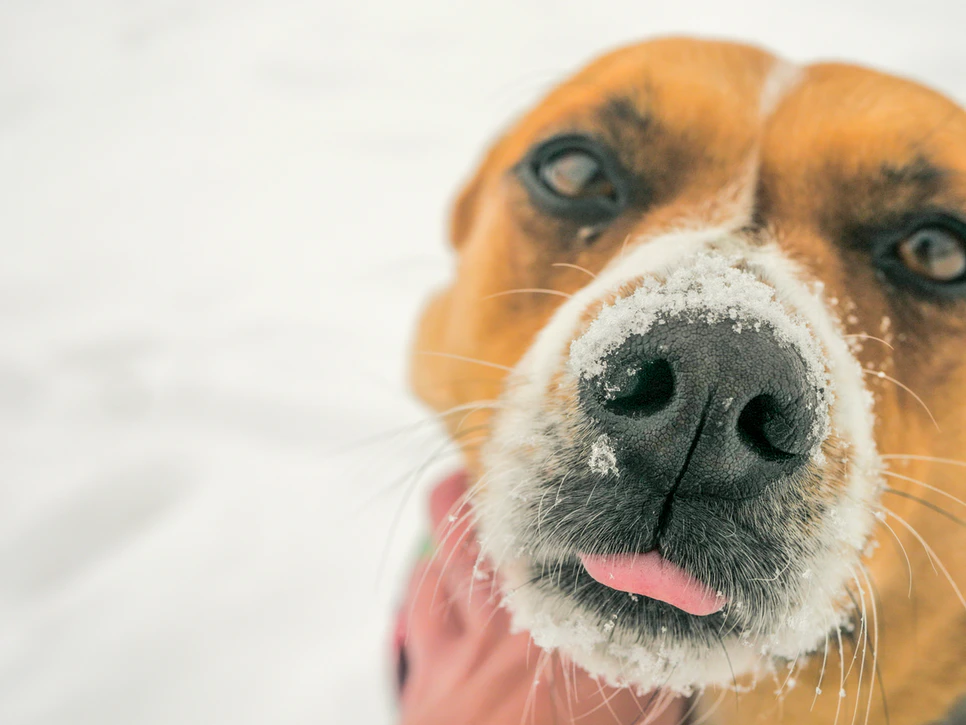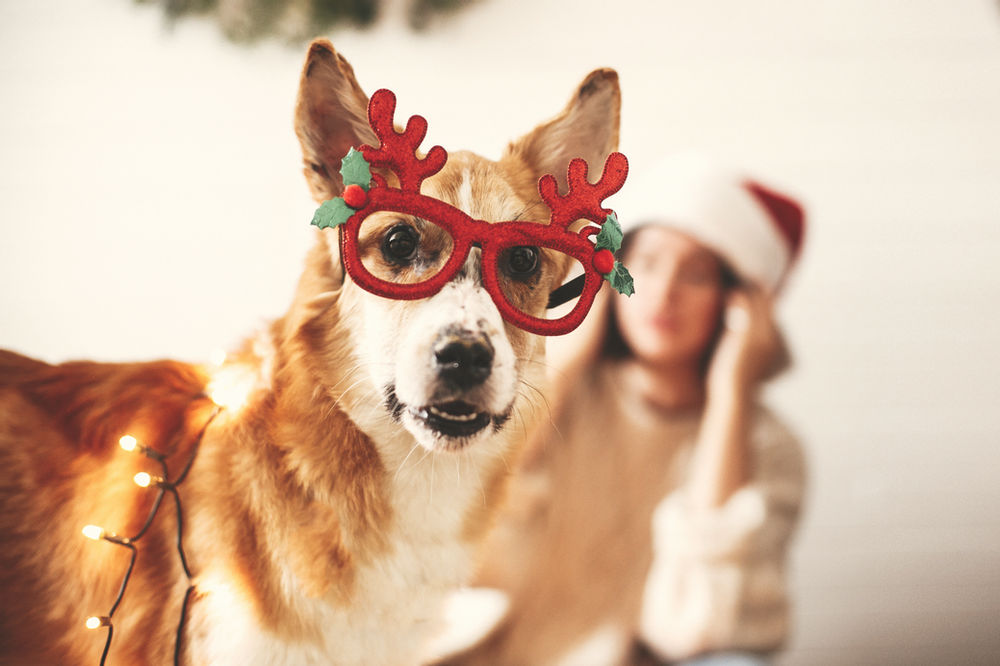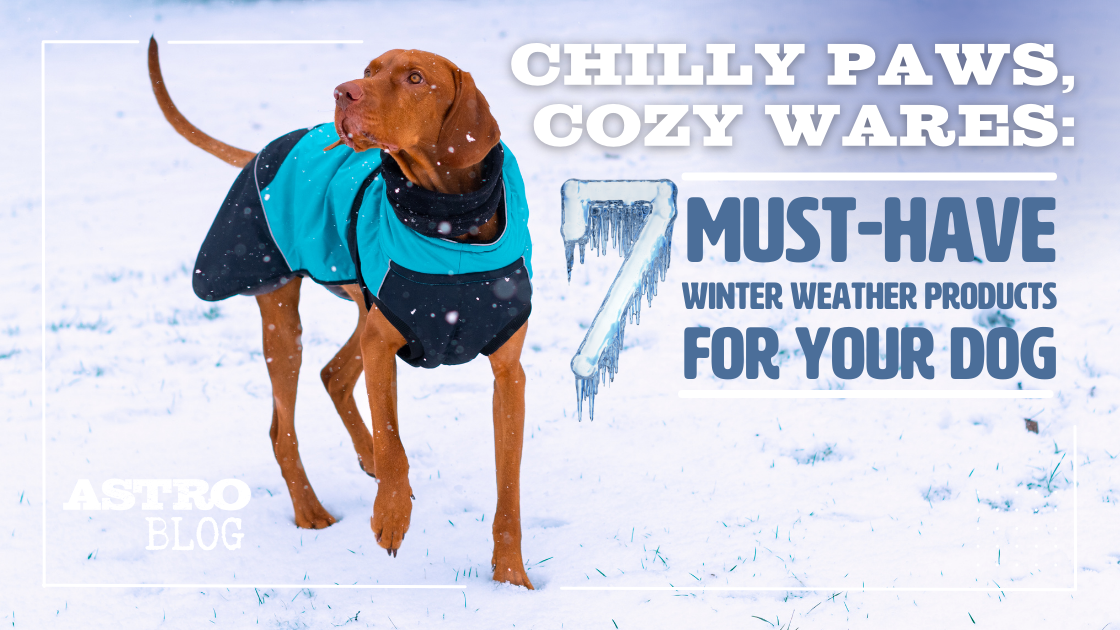From hypothermia and frostbite to injured paws and antifreeze poisoning, there are a lot of things to watch out for in the colder months. Read the tips below and show winter who’s boss!
Control Their Exposure to the Cold
Be aware of the temperature and act accordingly! When it’s cold or snowy (or cold and snowy ), you make sure you have all of your warm gear at the ready, or you just stay home instead. It should be no different for our lovely pets.
1. Keep In Body Heat

Sometimes, controlling exposure to the cold means investing in a pet sweater if your dog’s fur isn’t great at insulating. If your dog has short hair and seems to shiver easily in the cold, buying a well-fitting sweater or coat can make bathroom breaks more bearable.
2. Footwear
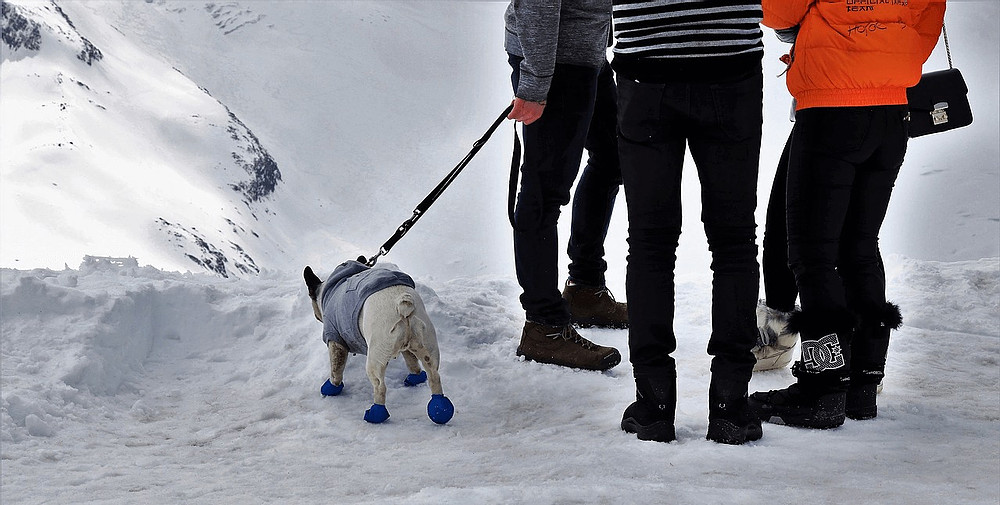
Consider buying doggie boots to prevent painful paw damage from the cold and avoid frostbite. Even though our dog’s paw pads are made to be more durable than our weak human feet, standing in freezing snow and ice for an extended period of time can be uncomfortable and dangerous.
3. Stay Indoors
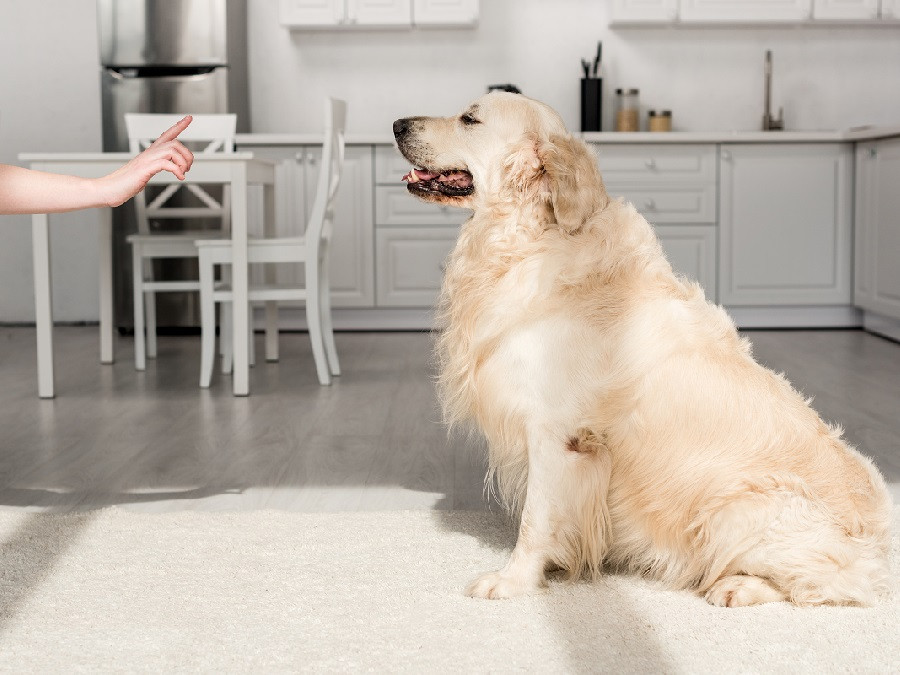
Finally, there are situations in which staying indoors as much as possible is the best option. If the temperature is well below freezing and your dog is ill-equipped to deal with the cold, it’s probably time to take a raincheck on your winter wonderland hike. Instead, take advantage of February’s Dog Training Education Month (no one would complain if we extended this until spring, right?) and teach your dog a new skill from the warmth of your home.
Watch Out for Salt and Chemicals
Used to make our lives as humans easier, chemicals like antifreeze and deicers can be a huge detriment to the health and safety of our beloved pets.
4. Avoid Antifreeze
Watching your dog (and cat) when they’re outside around places where cars have been is absolutely necessary. Antifreeze can cause kidney failure when ingested and can have fatal effects in days. What makes it even worse is that our scent-oriented animals usually enjoy the taste of antifreeze and won’t hesitate to eat it if available.
A cat licking its paw after stepping in antifreeze, or a medium-sized dog licking up only 5 tablespoons could be enough to cause severe issues. For this exact reason, I have a “no snuffling around on the pavement” rule for my dog in the winter.
5. Dangerous De-Icers

The salt and other ice-melting chemicals on roads and sidewalks are also best to be avoided. The ingestion of chemicals used to de-ice can cause intestinal issues and other health problems. Even when pure salt is used, ingestion can be dangerous and there can be negative effects on your pet’s paws. Salt can be incredibly painful for your dog to walk on and can lead to dry, cracked, and bleeding paw pads.
To prevent this, you can:
-
Avoid salted sidewalks and roads all together
-
Invest in dog booties
-
Wash and wipe off your dog’s feet after getting in from a walk
-
Use a paw balm or wax to keep your dog’s paws protected and moisturized
-
Be sure to use pet-safe de-icers around your home
Don’t let winter win. Keep your dog safe, warm, and comfortable.
If you’re still unsure of what you need, your local pet store is a great resource for both winter-proof products and for personalized advice. Finding a product that not only works, but that your dog will actually tolerate can be difficult, but getting help from people that know their stuff and truly care about your pets can make all the difference!


